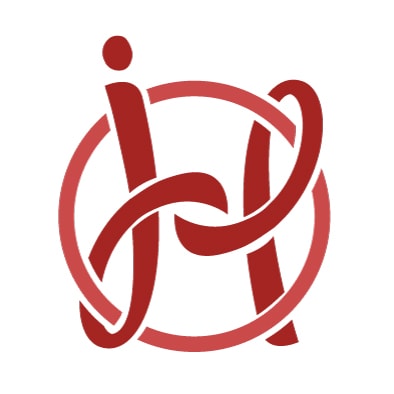SHARE
Traditional vs. Modern HR Administration: What Does Digitalization Bring?
HR admin January 19, 2025
Traditional vs. Modern HR Administration: What Does Digitalization Bring?
What is HR Administration?
HR administration, or human resources administration, represents the operational segment of employee management focused on record-keeping, tracking absences, and ensuring compliance with legal and administrative aspects of employment. Payroll calculation is often a process outsourced to accounting agencies, but in some organizations, this function remains within the internal team.
In modern companies, this segment is increasingly referred to as “People Services,” emphasizing not just administration but creating a positive employee experience through simplified processes and accessible information. This term reflects the evolution of HR from an administrative function to a role that supports people and contributes to their productivity.
In many companies, HR administration still operates traditionally—using Excel spreadsheets and emails as the primary communication tools. While this approach may work for smaller systems, it becomes inefficient as organizations grow. Digitalization and the use of modern tools bring not only speed and accuracy but also the opportunity to elevate HR administration to a strategic level.
This article compares the two approaches and demonstrates how digitalization can transform the everyday work of HR administrators.
Traditional HR Administration
The traditional approach to HR administration relies on basic digital tools such as emails and Excel spreadsheets. Here’s what this process looks like:
Data Collection: Managers send employee information via email (e.g., absence data, bonuses, work performance).
Data Entry: HR administrators manually input data into spreadsheets or systems.
Reporting: Report creation is a time-consuming process, often requiring data combination from various sources.
Modern HR Administration
The modern approach utilizes advanced tools like HRIS (Human Resource Information System), time-tracking and payroll software, and self-service portals for employees.
Data Collection: Data is entered once during onboarding and is automatically tracked through integrated systems.
Automation: Systems automatically track data changes and generate reports.
Self-Service Portals: Employees report absences and access their data independently.
Analytics and Reporting: Automatically generated, enabling faster decision-making.
Comparison Table
| Aspect | Traditional Approach | Modern Approach |
| Data Entry | Manual entry via email and spreadsheets | Single-entry in HRIS |
| Absence Reporting | Manager informs HR via email | Employees input data into the portal |
| Report Generation | Combination of manual data | Automatically generated reports |
| Accuracy | Higher risk of errors | Minimal errors due to automation |
| Transparency | Dependent on HR team | Employees have access to their data |
| Time | Time-consuming process | Faster task execution |
| Scalability | Difficult in larger systems | Easily adaptable for large organizations |
Benefits of the Modern Approach
Time Savings: Automation reduces the administrative burden.
Accuracy: Reduces the risk of human errors.
Transparency: Employees have easy access to their information.
Analytics: Data is organized and available for strategic planning.
Scalability: Ideal for companies that are growing and have complex processes.
Conclusion: A Call to Action
Whether your company relies on traditional processes or has already started its digitalization journey, understanding the strategic potential of HR administration is crucial. Managing human resources is not just an operational task—it is an opportunity to create a better experience for employees, enhance their productivity, and ensure compliance with legal frameworks.
We invite you to join our HR Academy, where we will teach you how to elevate HR administration to a strategic level. Learn more about HR operations, their implications for employees, and ways to create more efficient processes in your organization. Your next step toward modernizing HR starts here!


